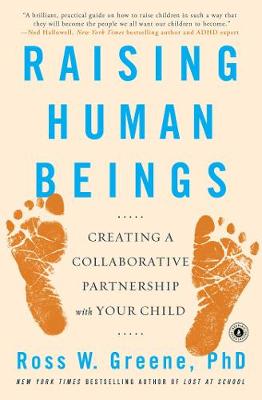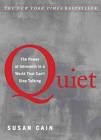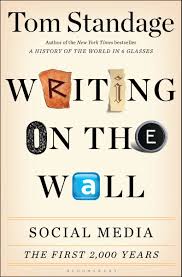Matthew Walker: Why We Sleep: Unlocking the Power of Sleep and Dreams, was published by Scribner in 2017.
I read this book in September 2019 and really enjoyed the book. It helped me understand the importance of getting enough sleep and the problems caused by lack of sufficient sleep.
For many years I have had problems getting enough sleep and reading this book enabled me to understand how important it is to get at least seven hours of sleep every night. Sleep is important for learning and for creativity. When we get too little sleep, we can have problems coping with our daily life and can make bad decisions.
Our brain is active when we sleep and busy getting things done, such as getting rid of the garbage and connecting up the things we have learned during the day. This book tells about some of the latest research about how our brains work.
In addition, our body goes through several stages of sleep, all of which are important for us to have every single night. If you read the book, you can get a better understanding of these different stages of sleep.
The quality of our sleep changes as we get older and it is quite common for older people to sleep fewer hours at a time and to be awake more during the night. Though the author did have a chapter on older people, I found that I wanted more information about how to get better sleep now that I am over 70 years of age. Perhaps there is a need for research to be done in this field.
The author is very concerned that that sleep deprivation is currently a common health problem that is not being treated and that many people in the western world feel that it is okay to get by with only four hours of sleep at night. When the brain does not get enough hours of sleep at night, it will deteriorate and this can be a contributing factor to dementia when we get older.
As a teacher, I used to tell my students that getting a good night’s sleep was the best preparation for a test or exam. The research presented in this book backs up my advice. Yes, a person needs to study before a test or exam, but then the brain needs a full night’s sleep to put everything into place so that it can be recalled during the test or exam.
The well-used phrase, “sleep on it”, is actually very good advice. When we sleep the brain will be working on the problem for us, making links to previous information that is already stored, and perhaps coming up with creative solutions during the night.
I recommend reading this book, no matter your age. It is easy to read, not too technical and has good stories to illustrate the author’s point of view.
Happy reading!




